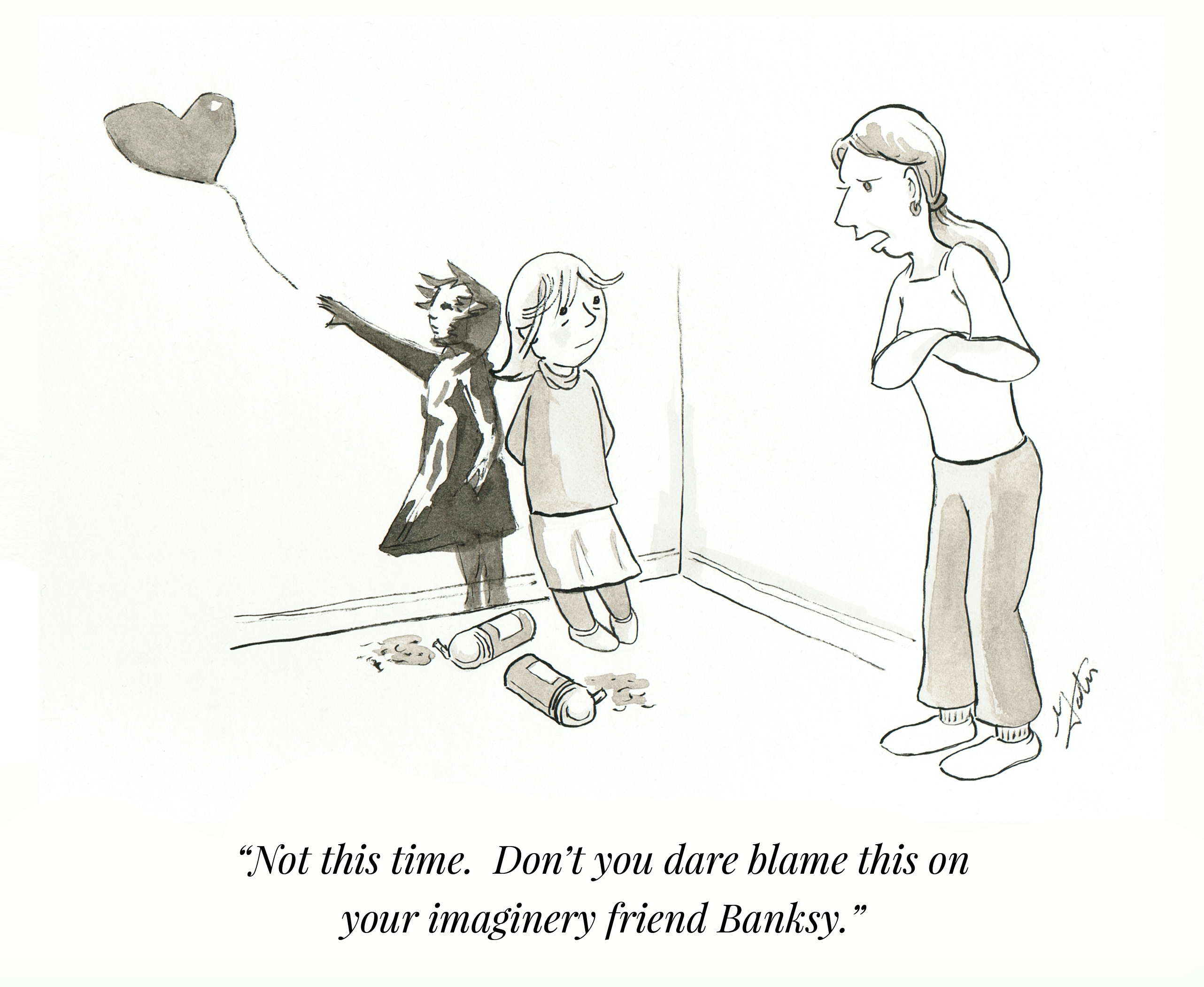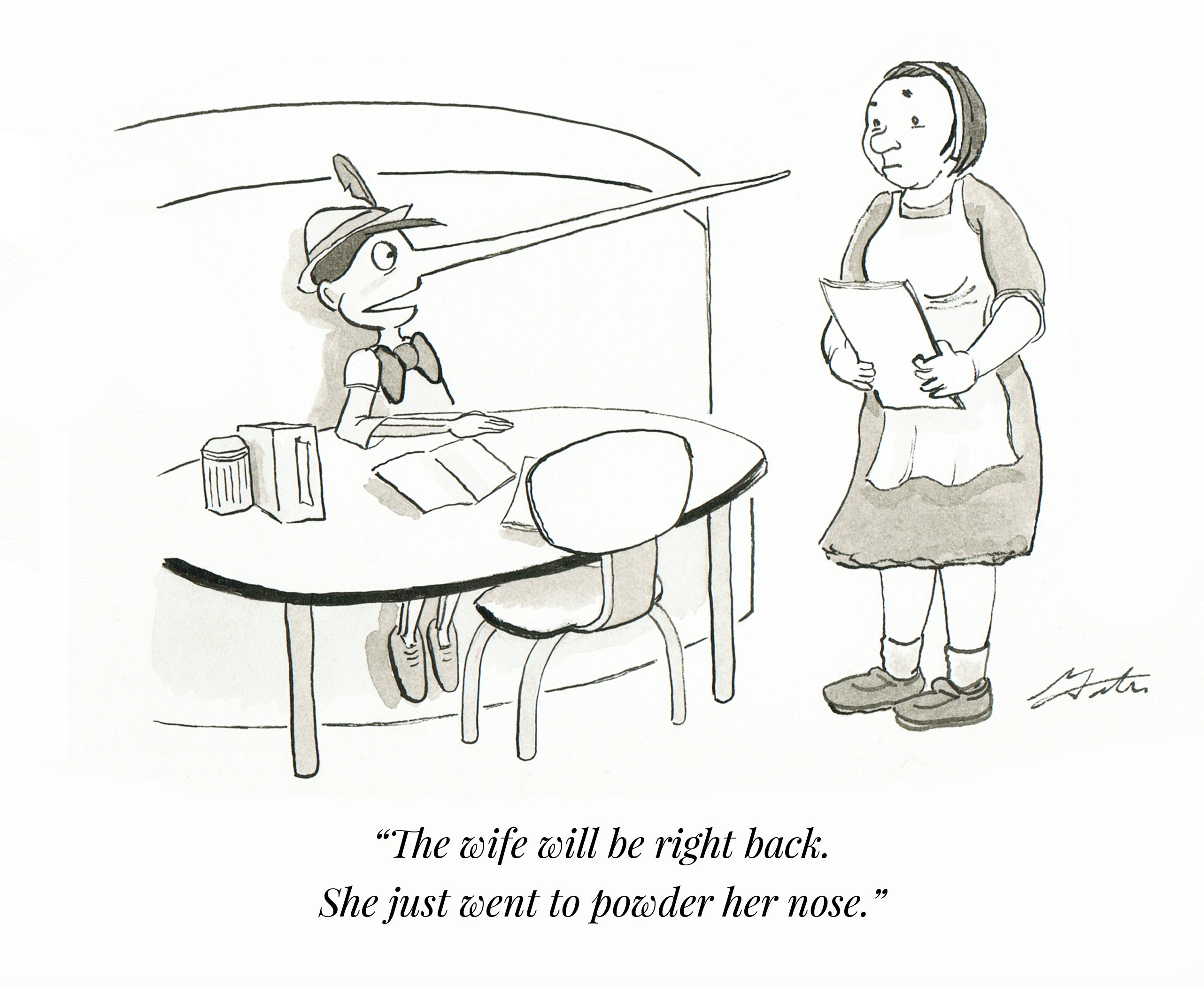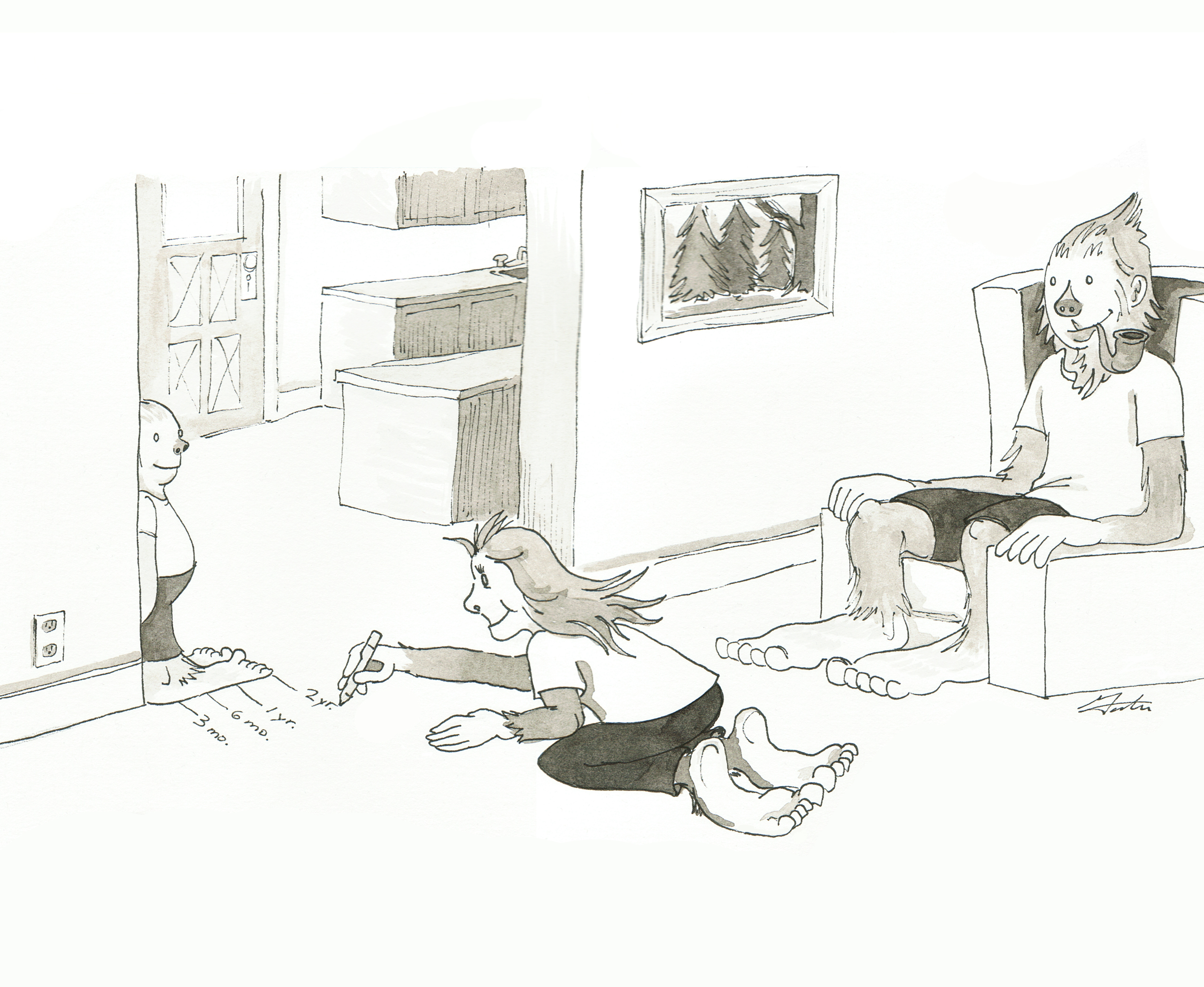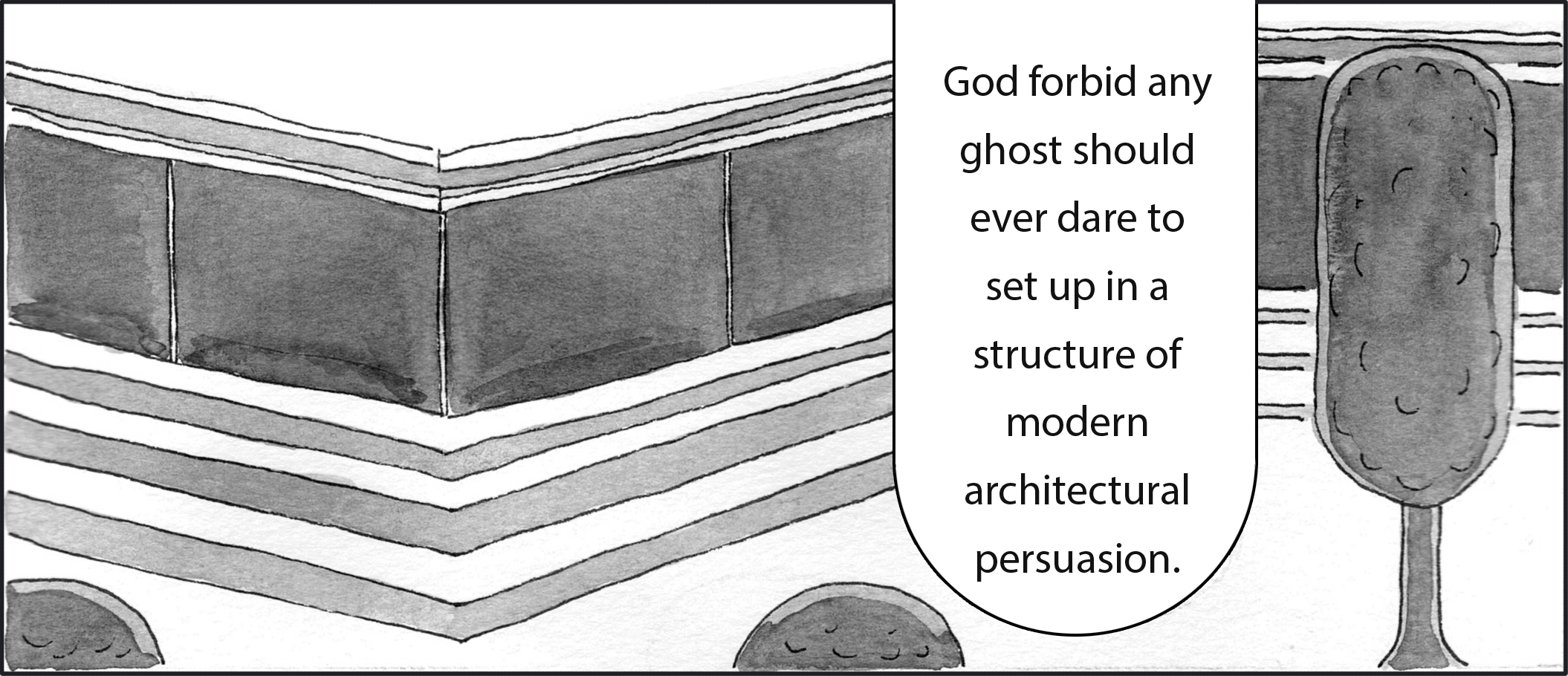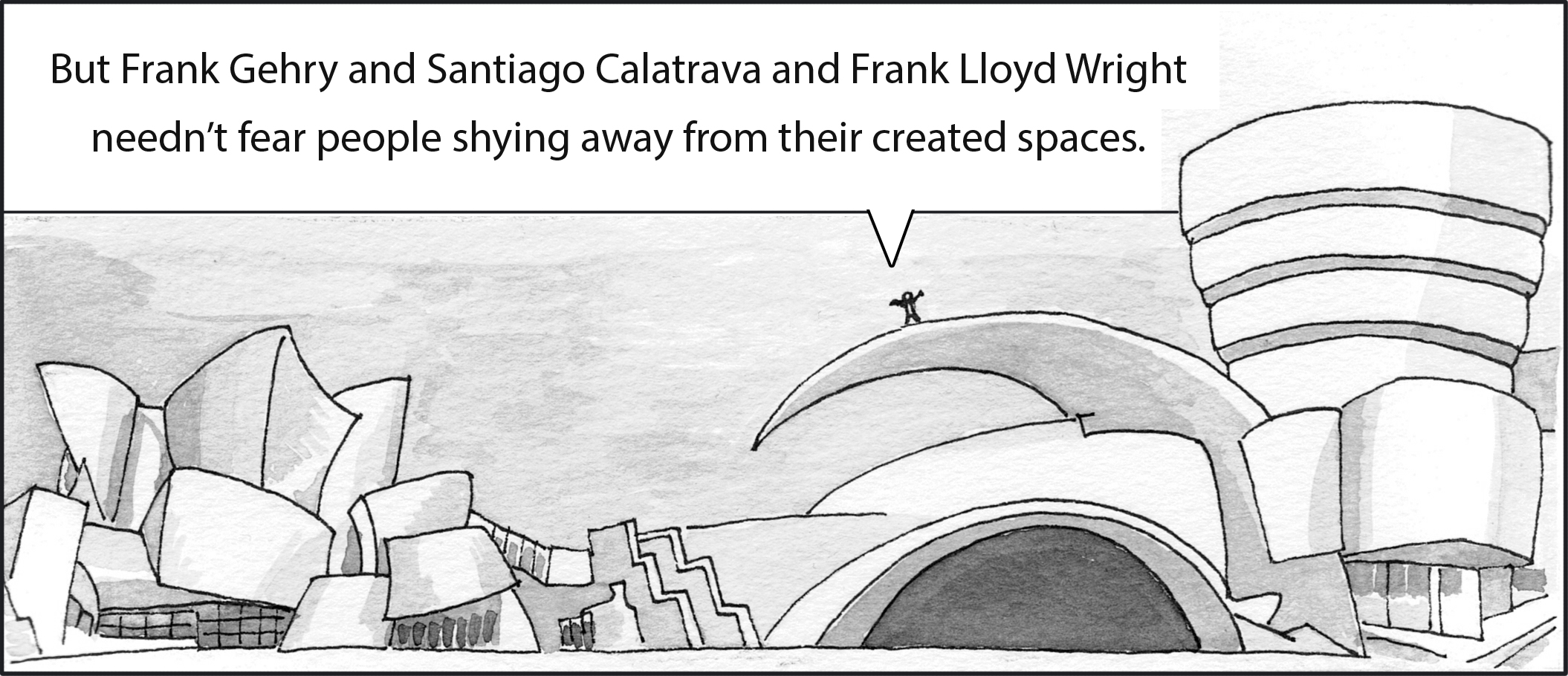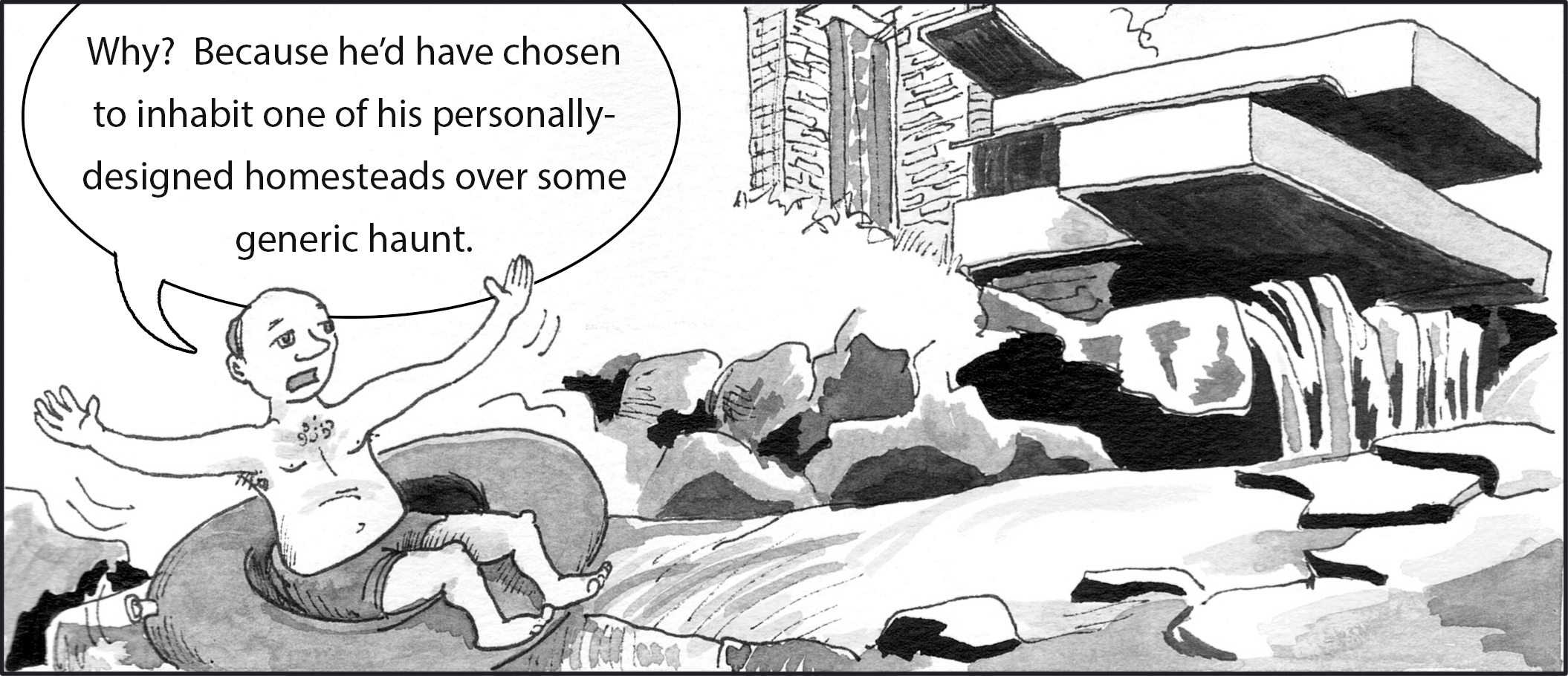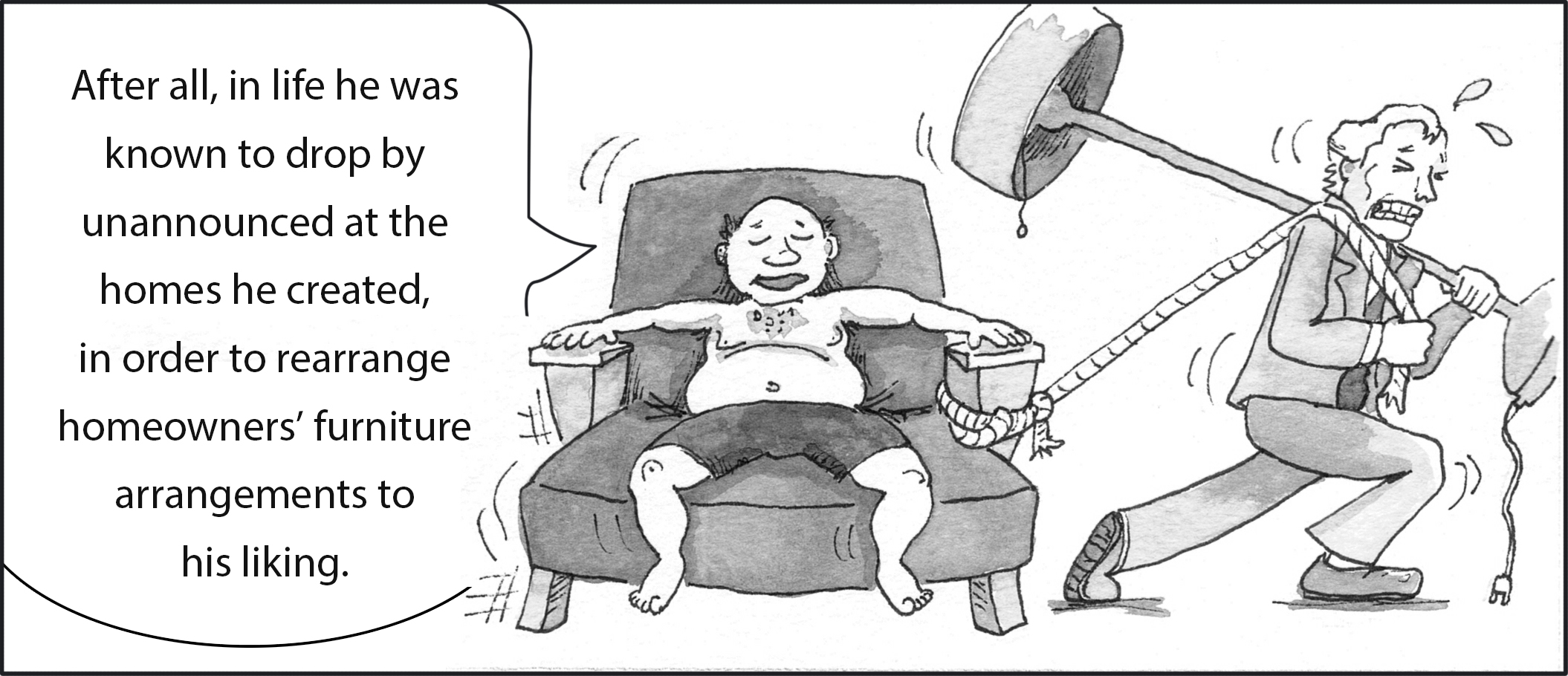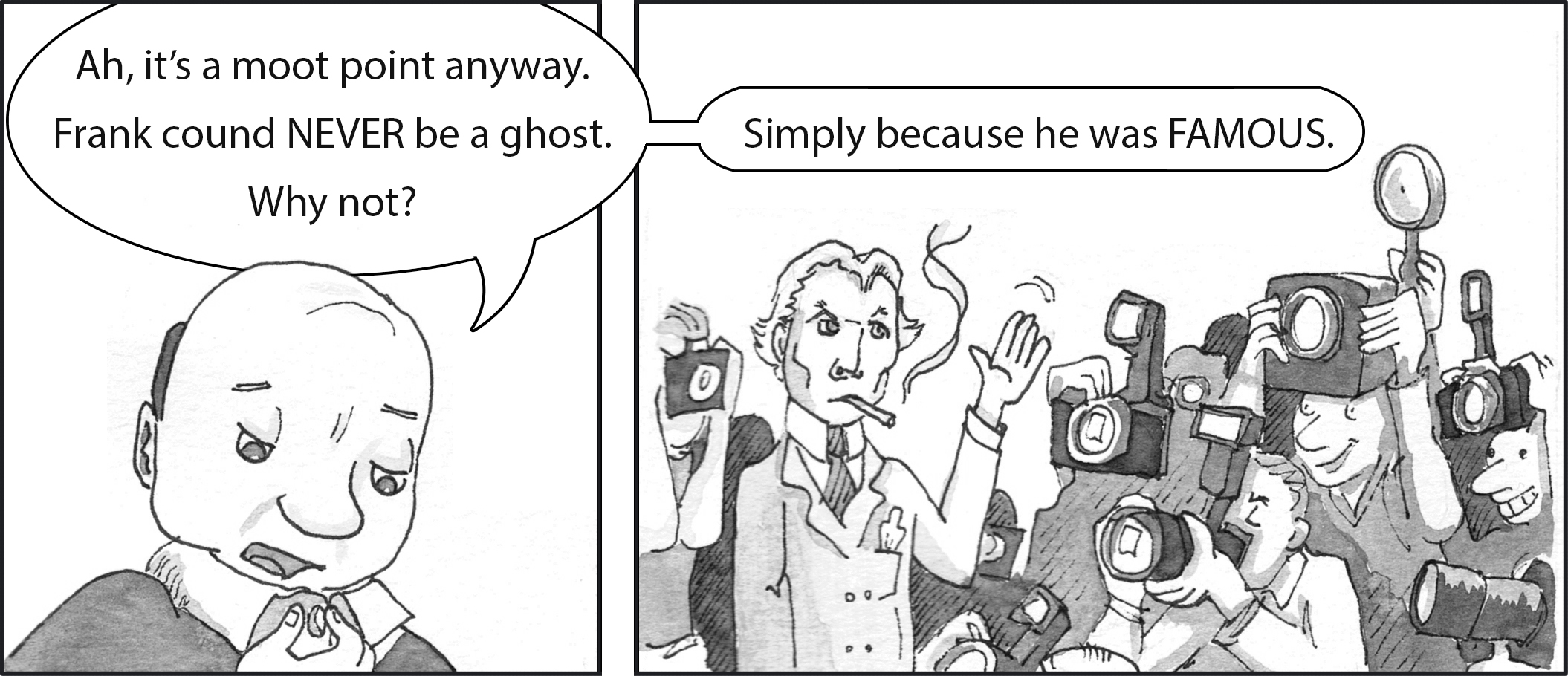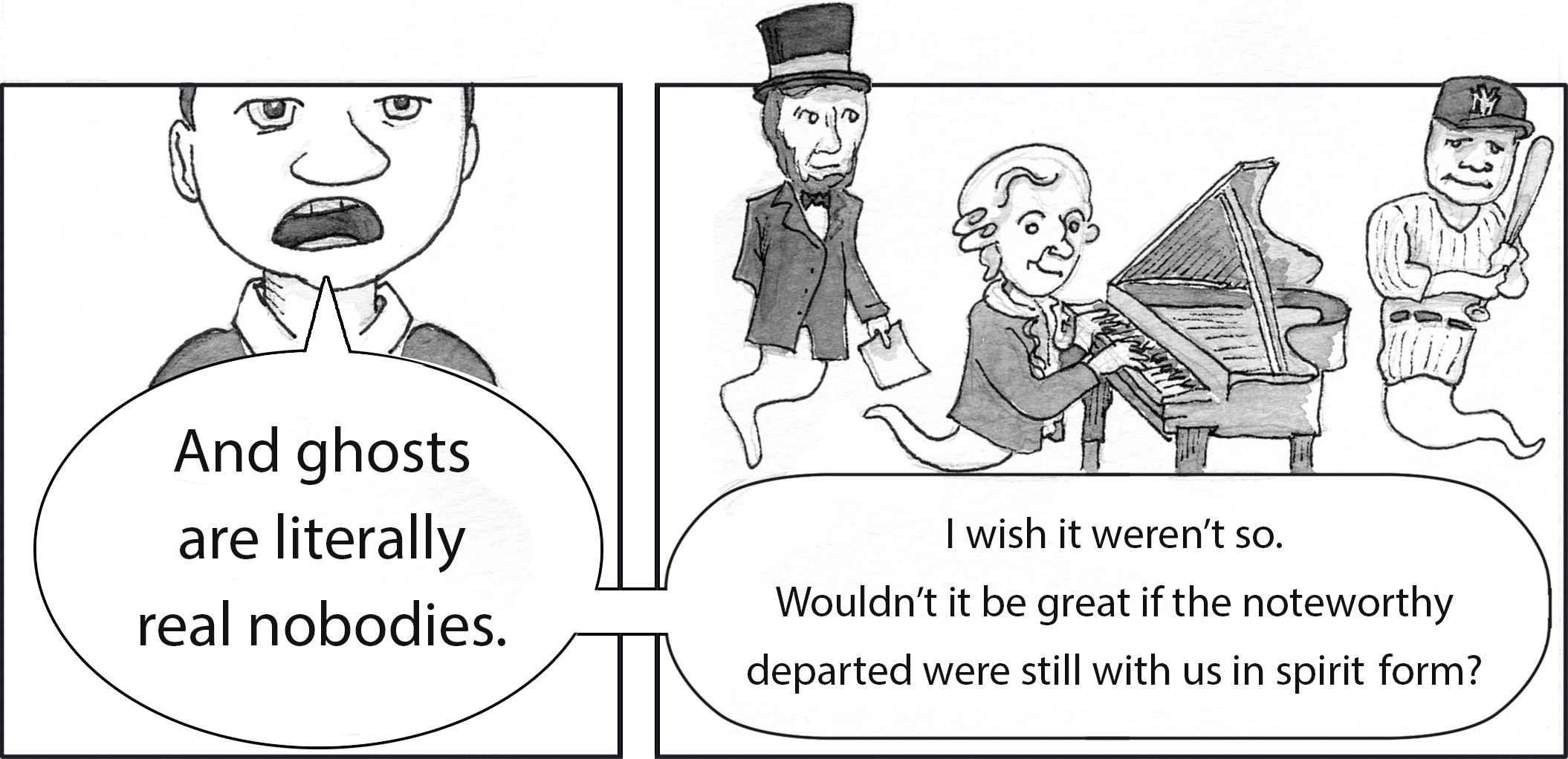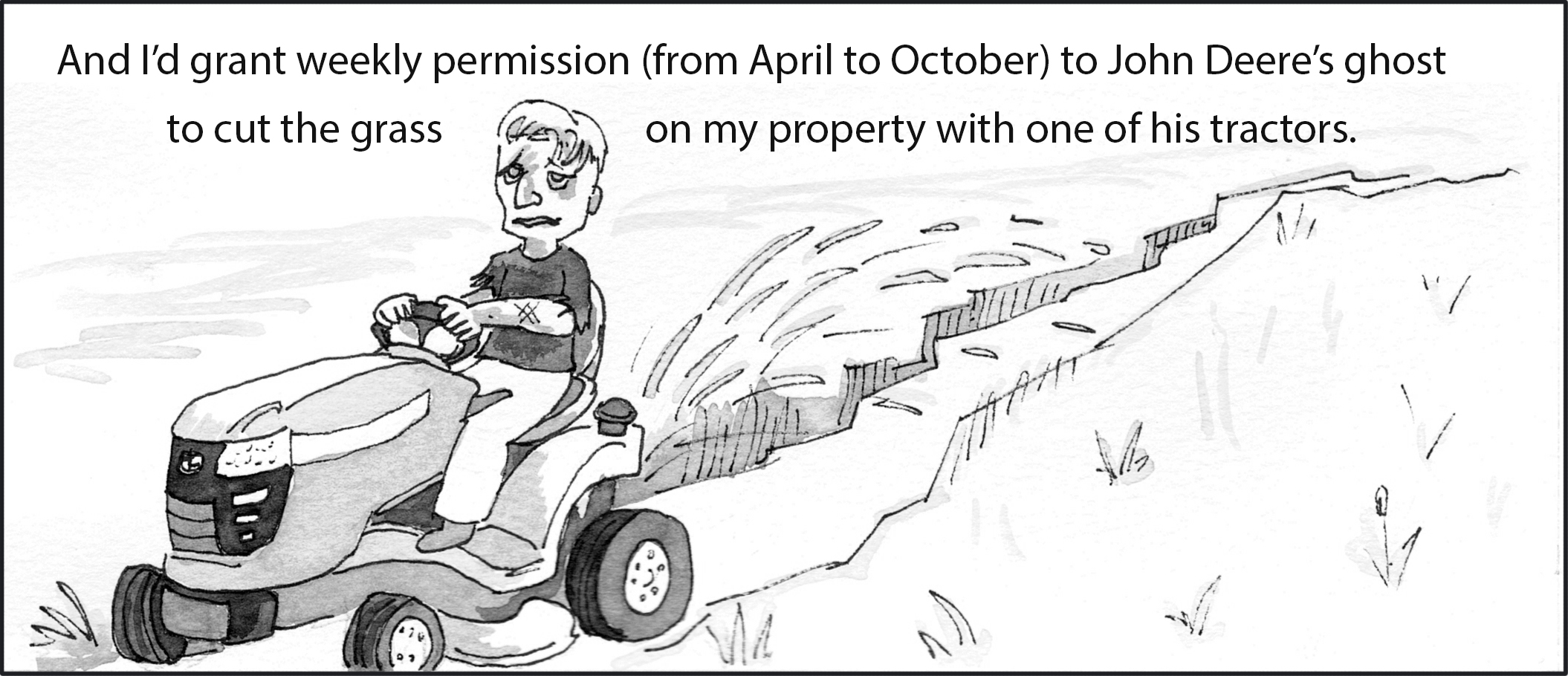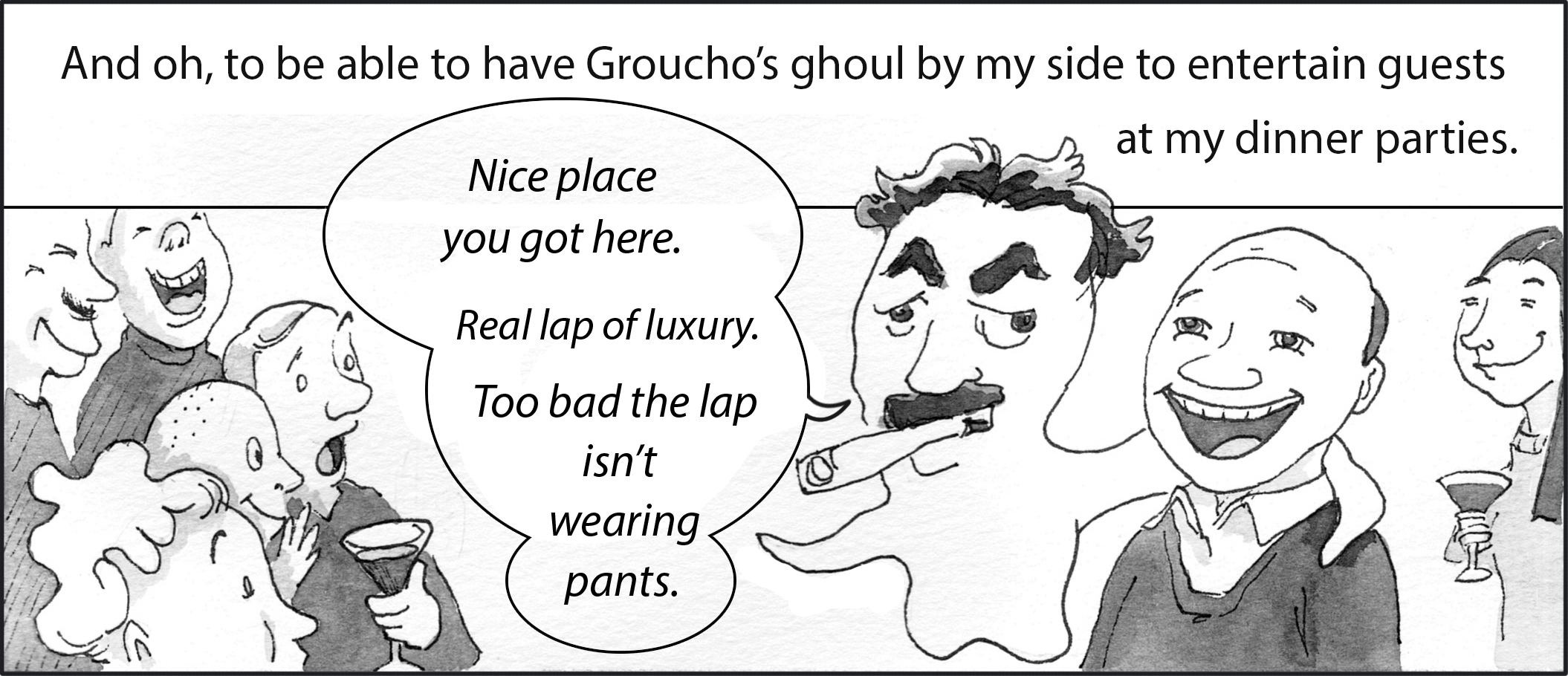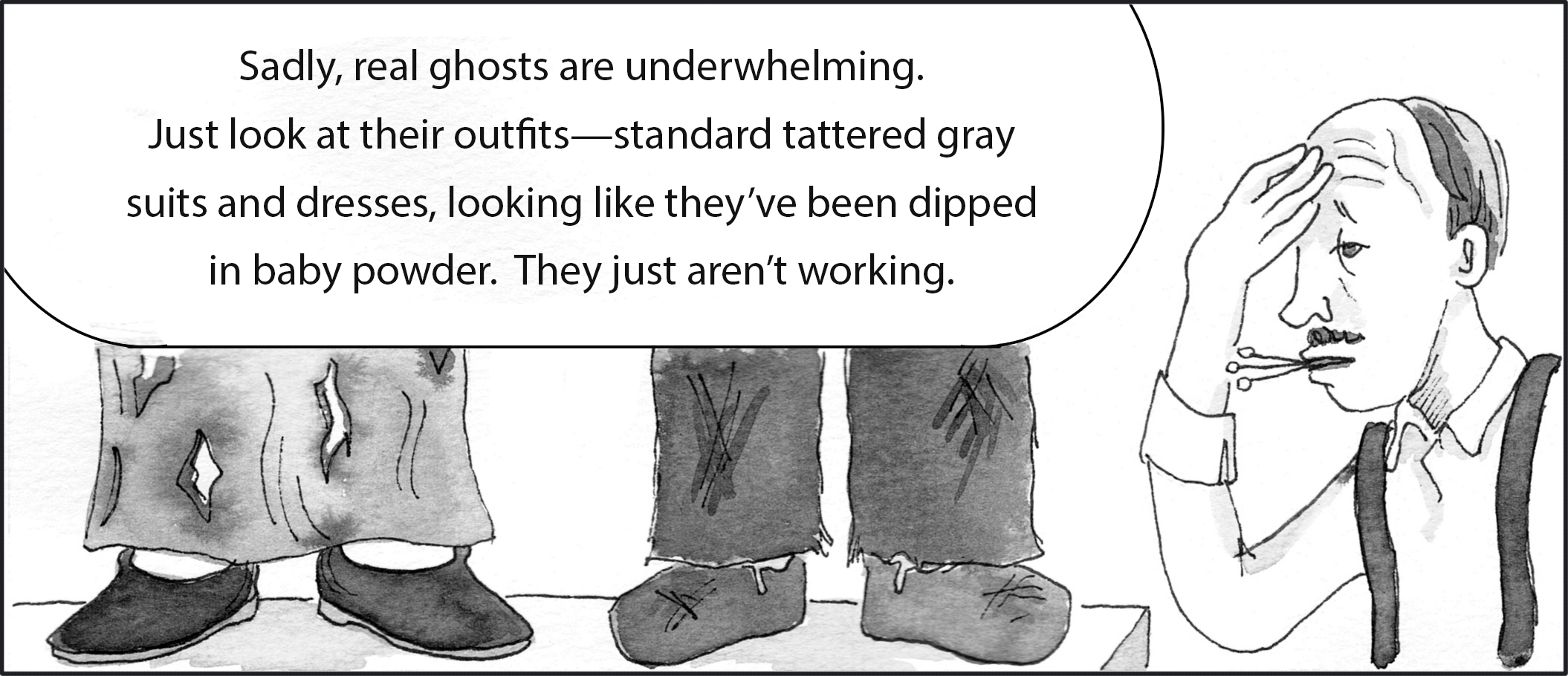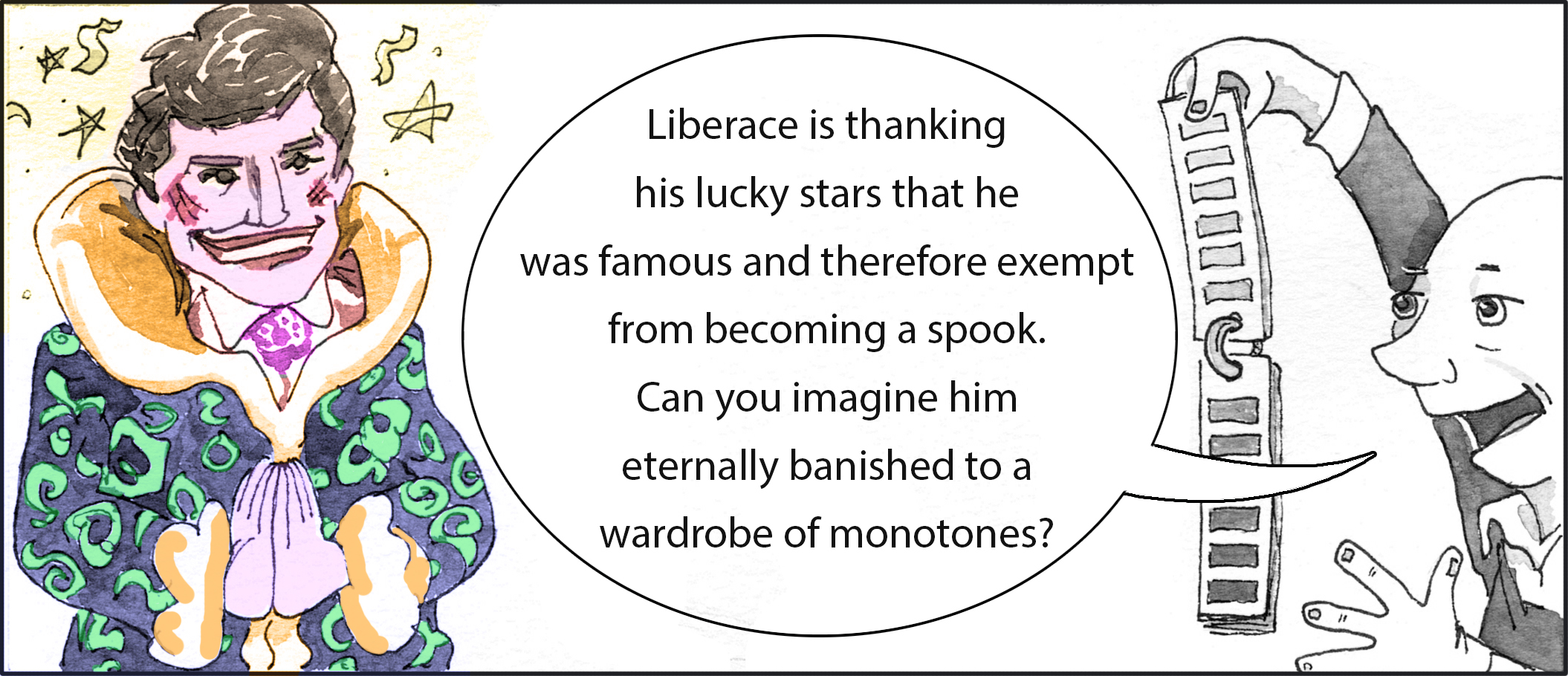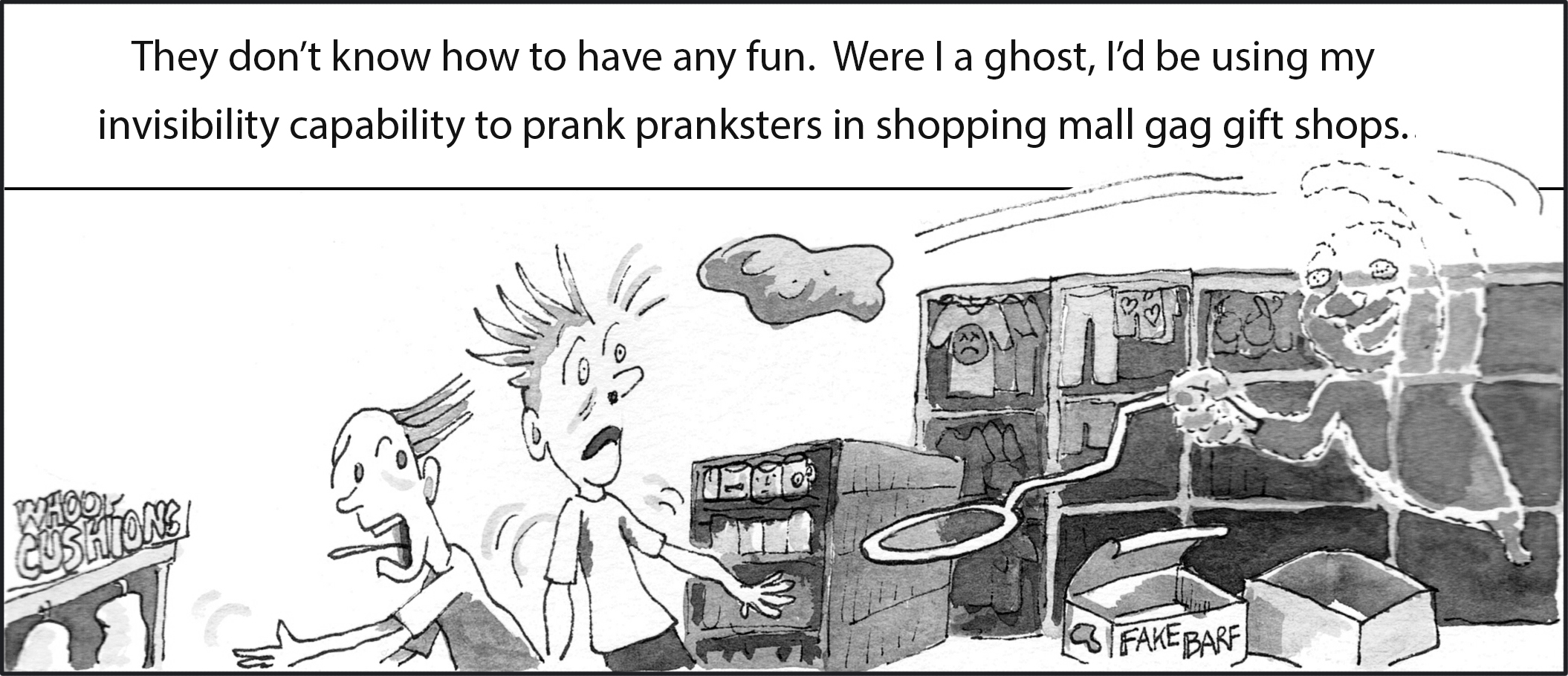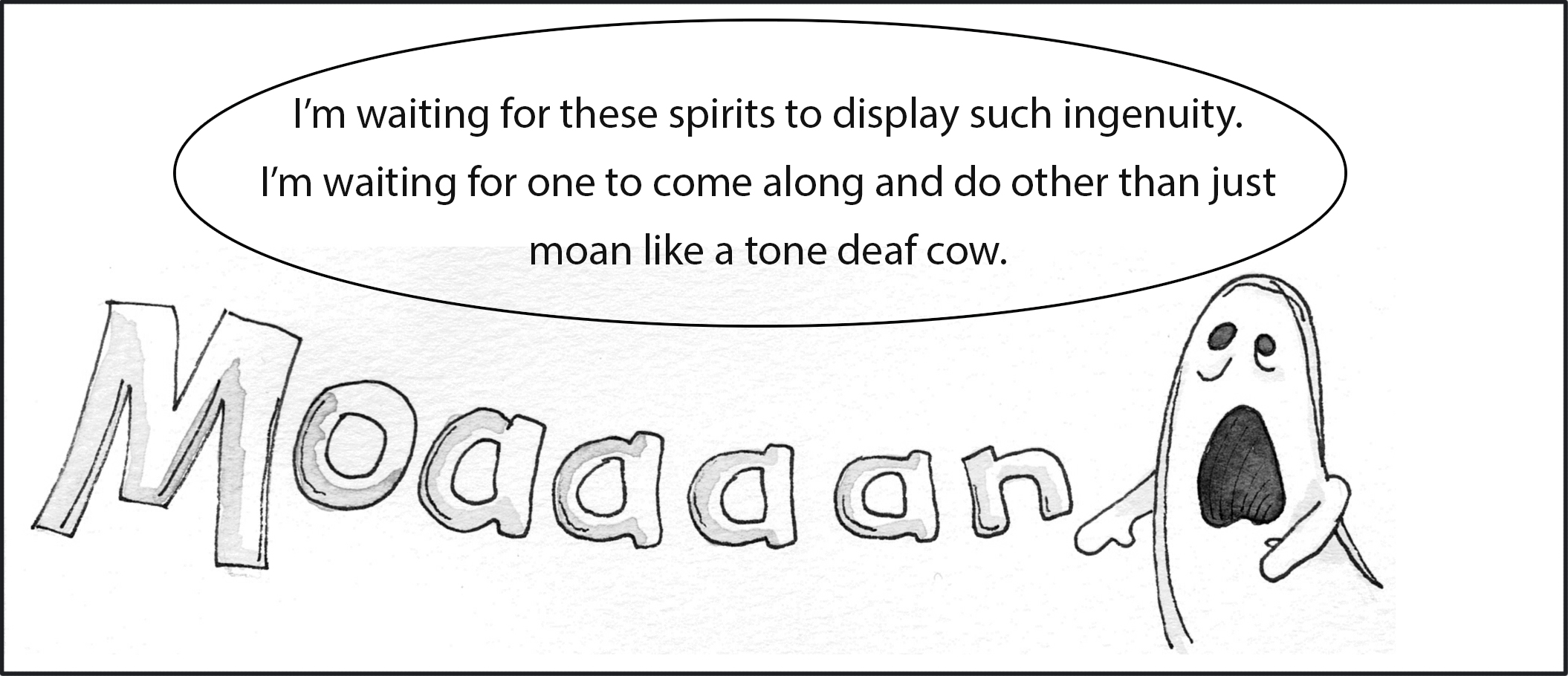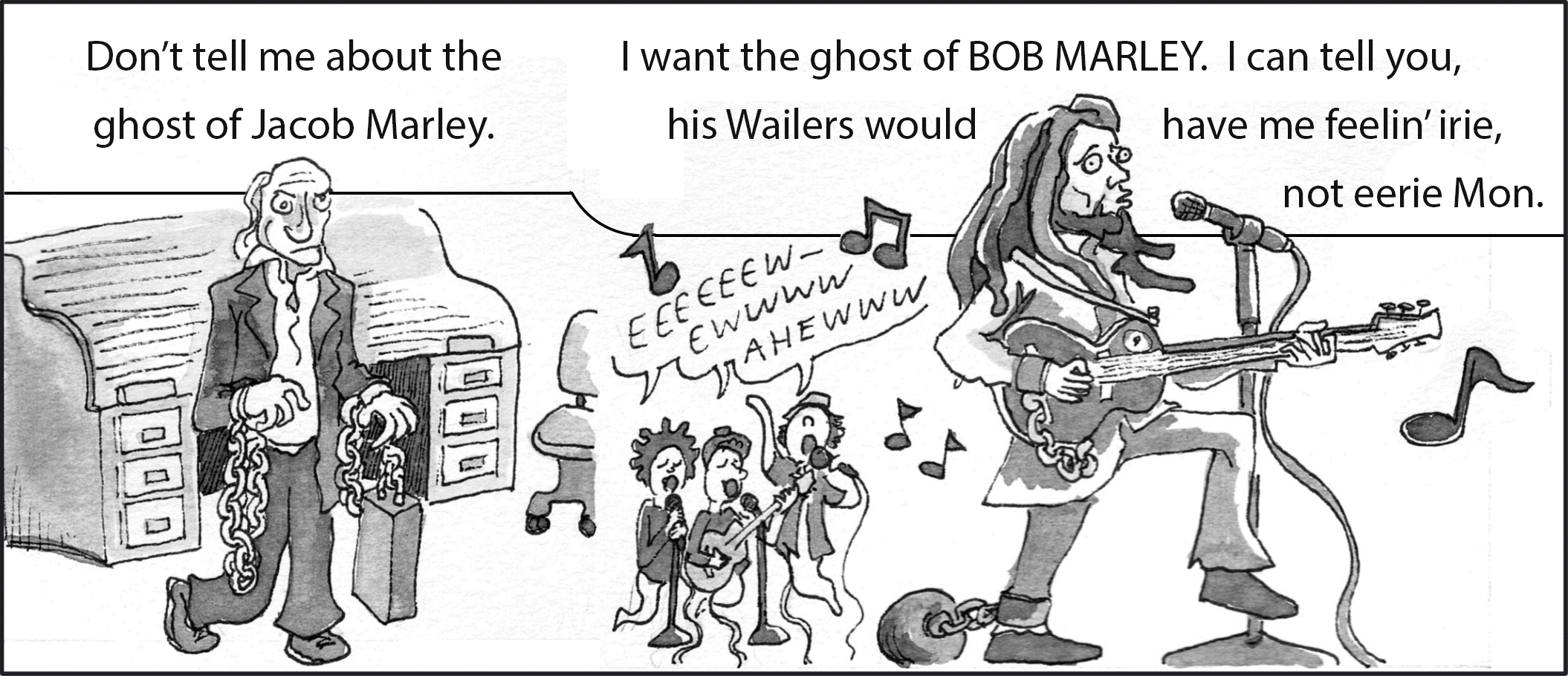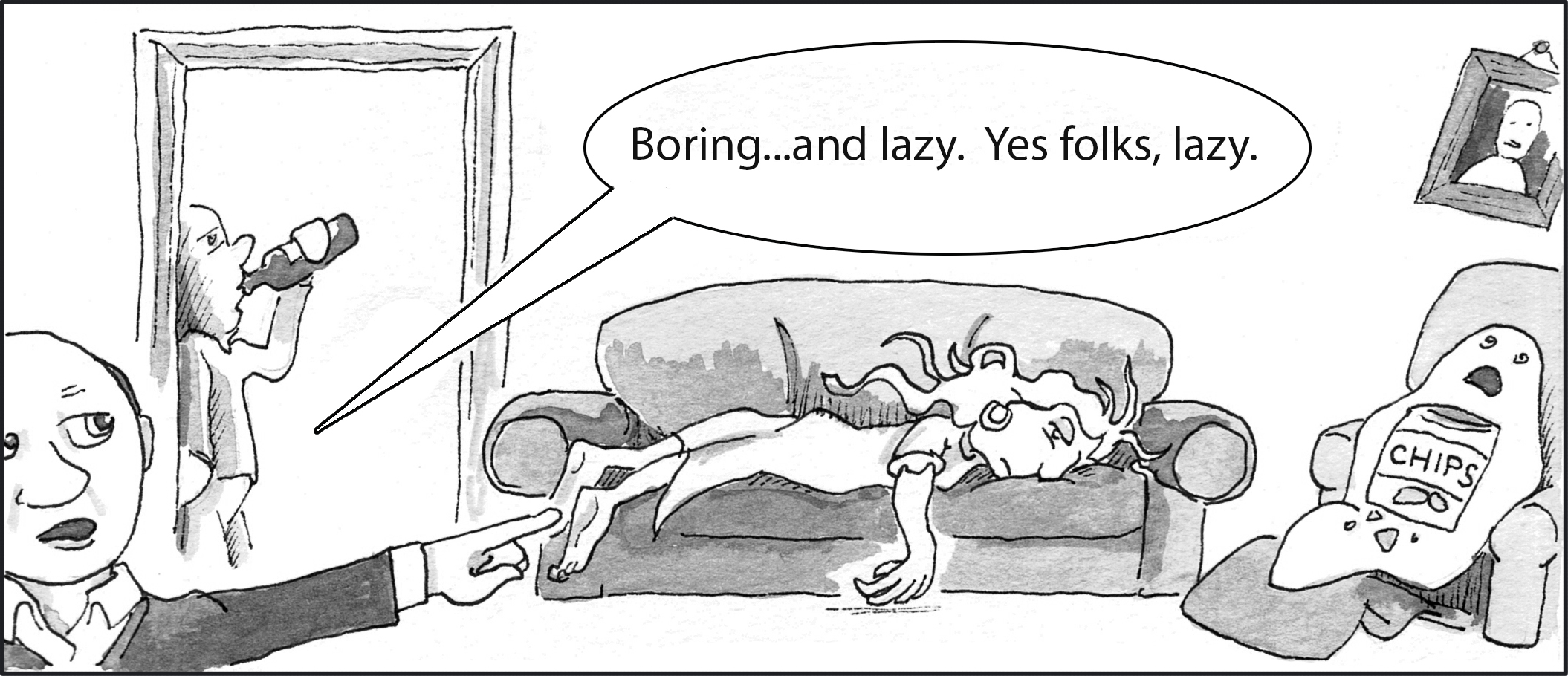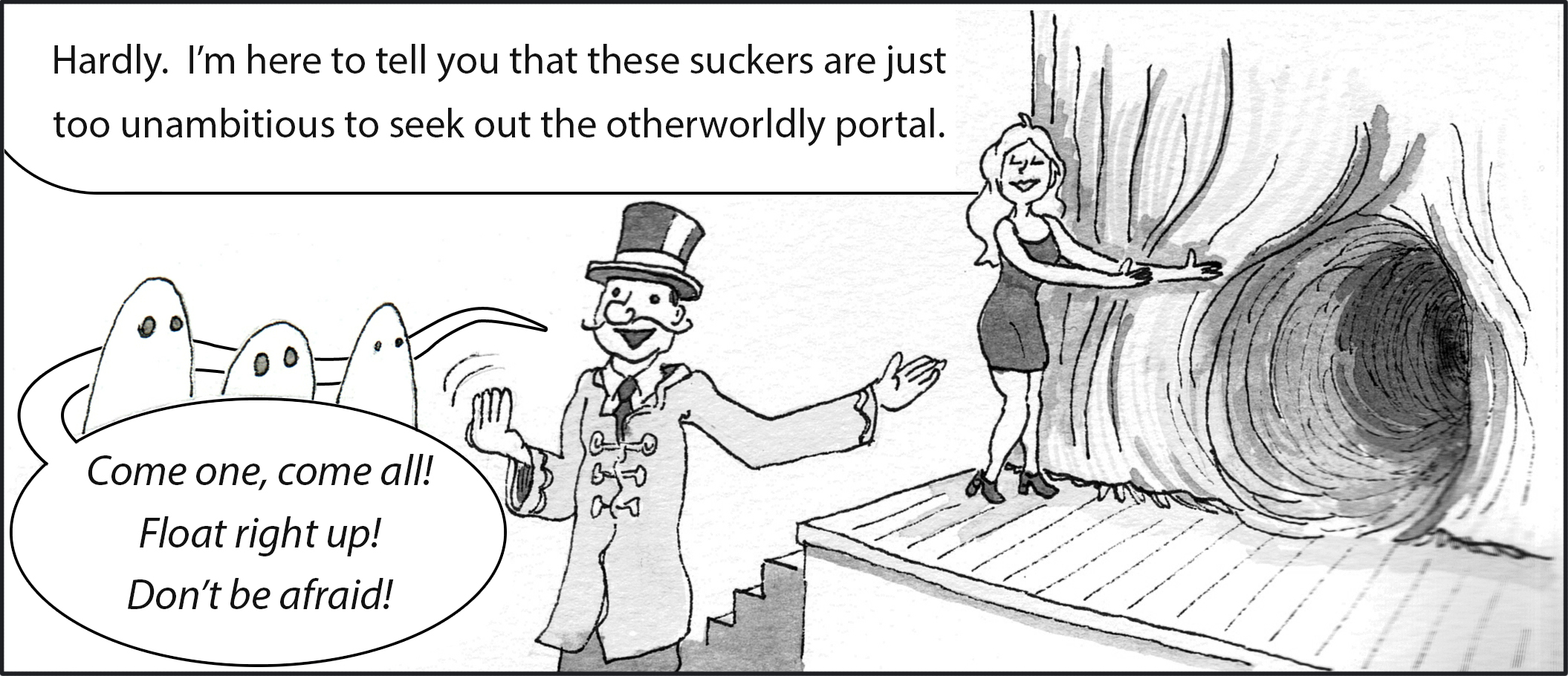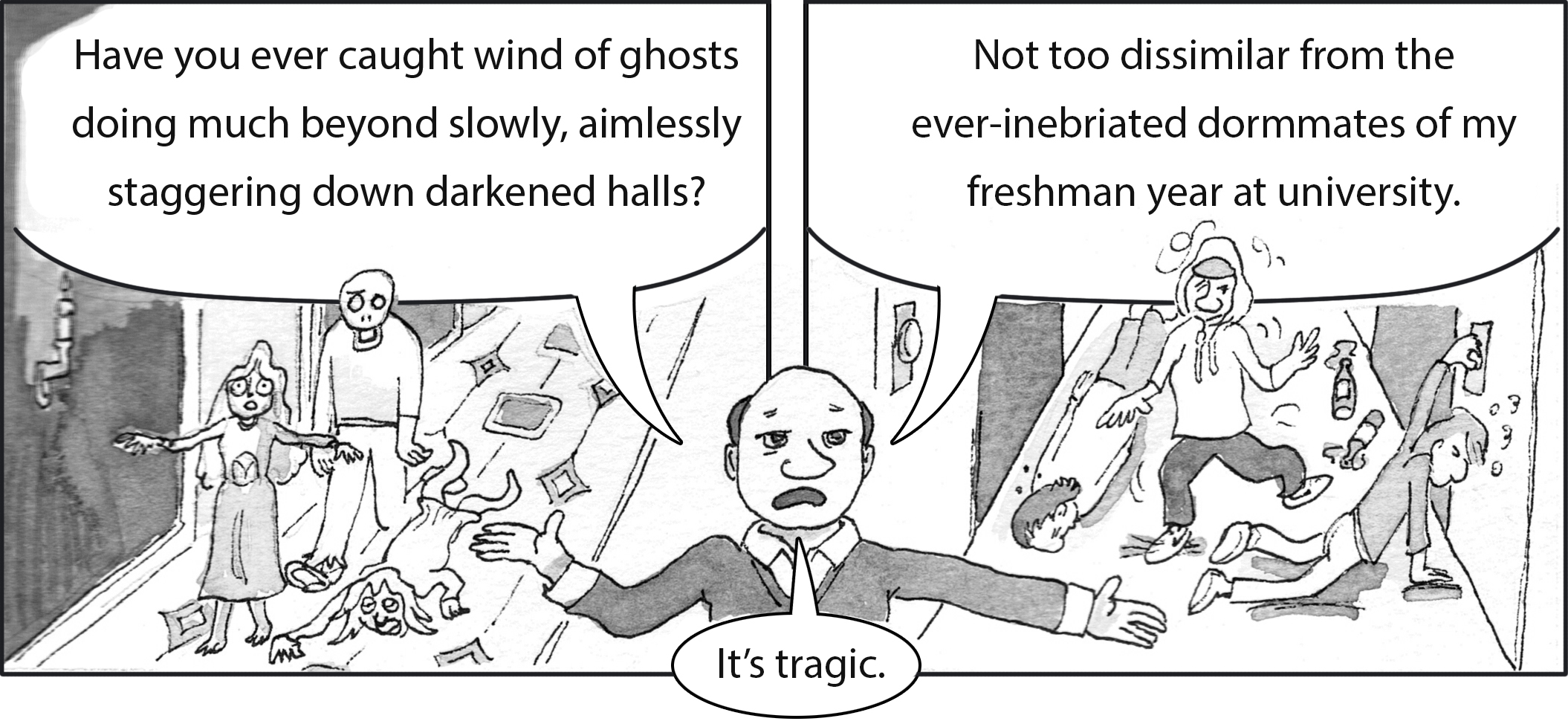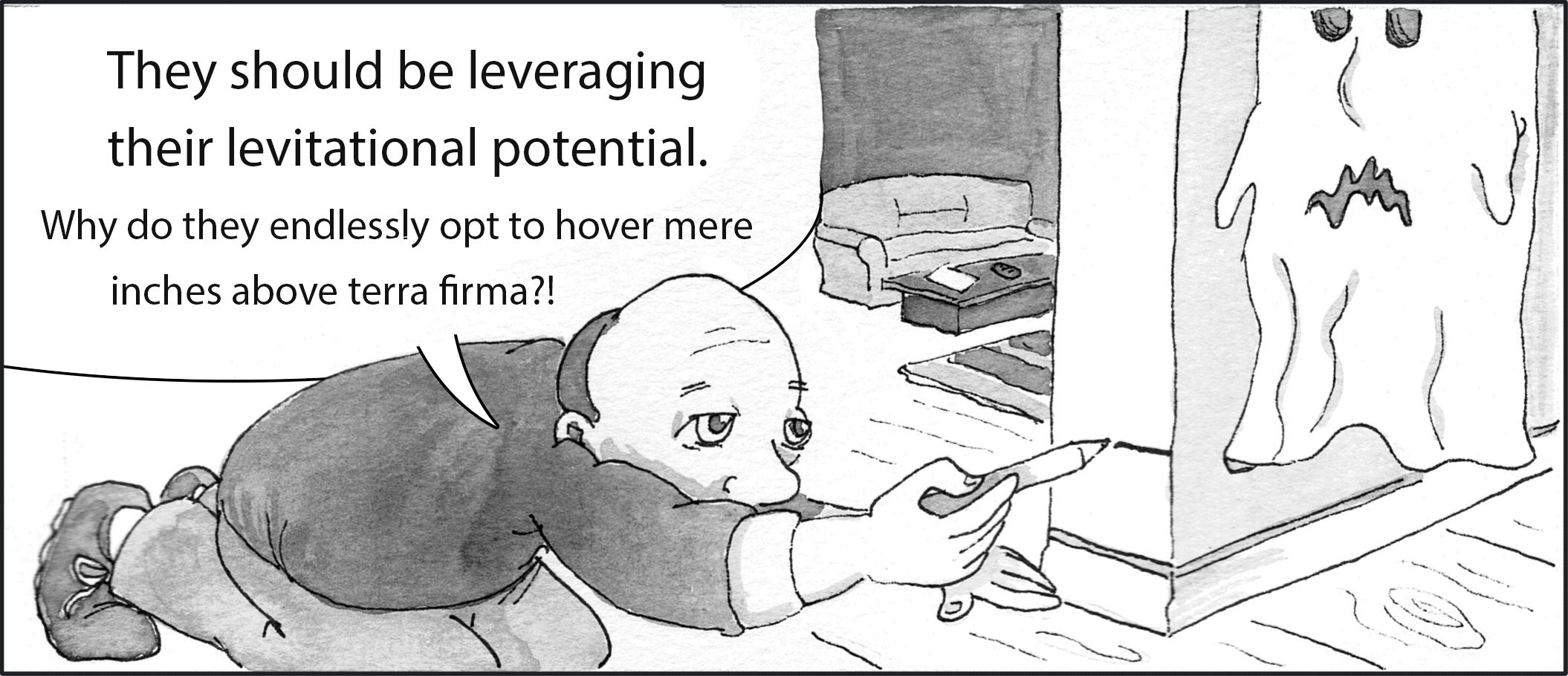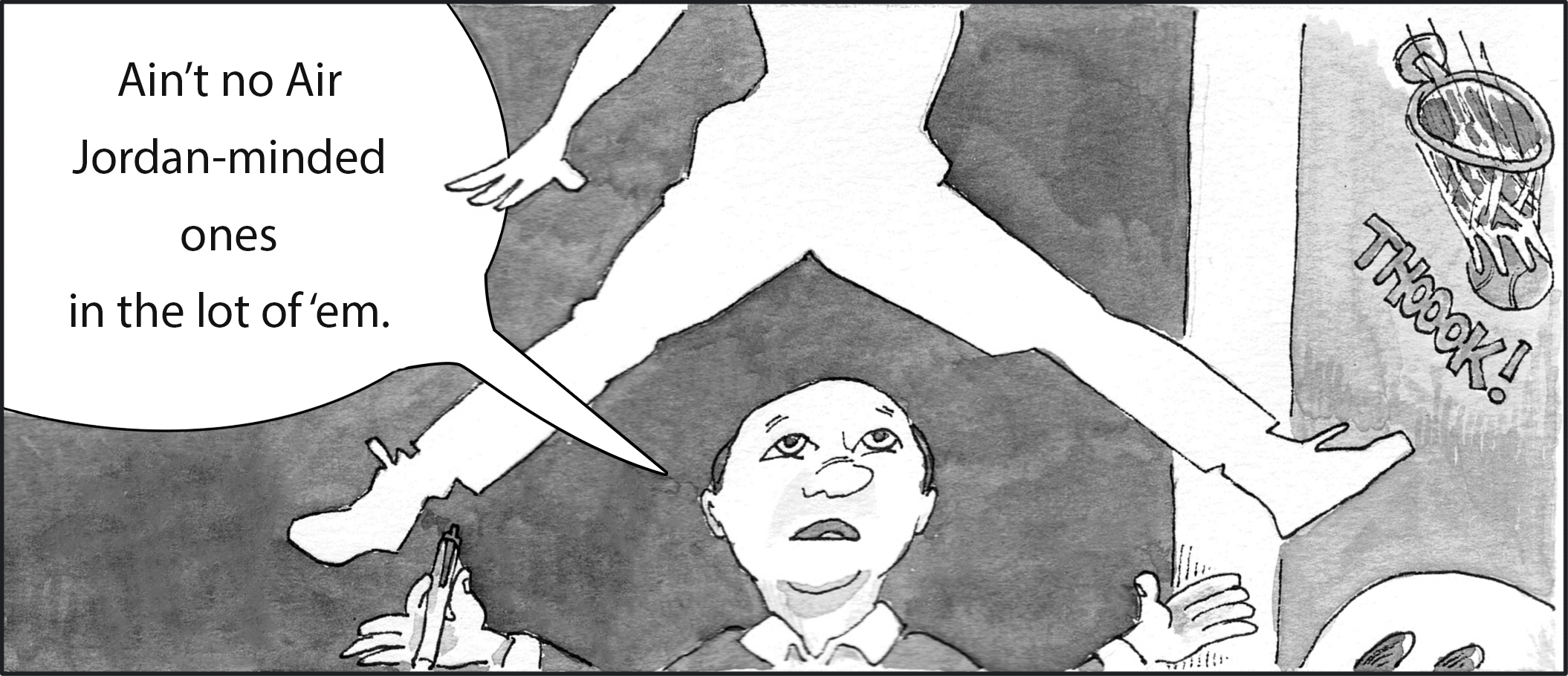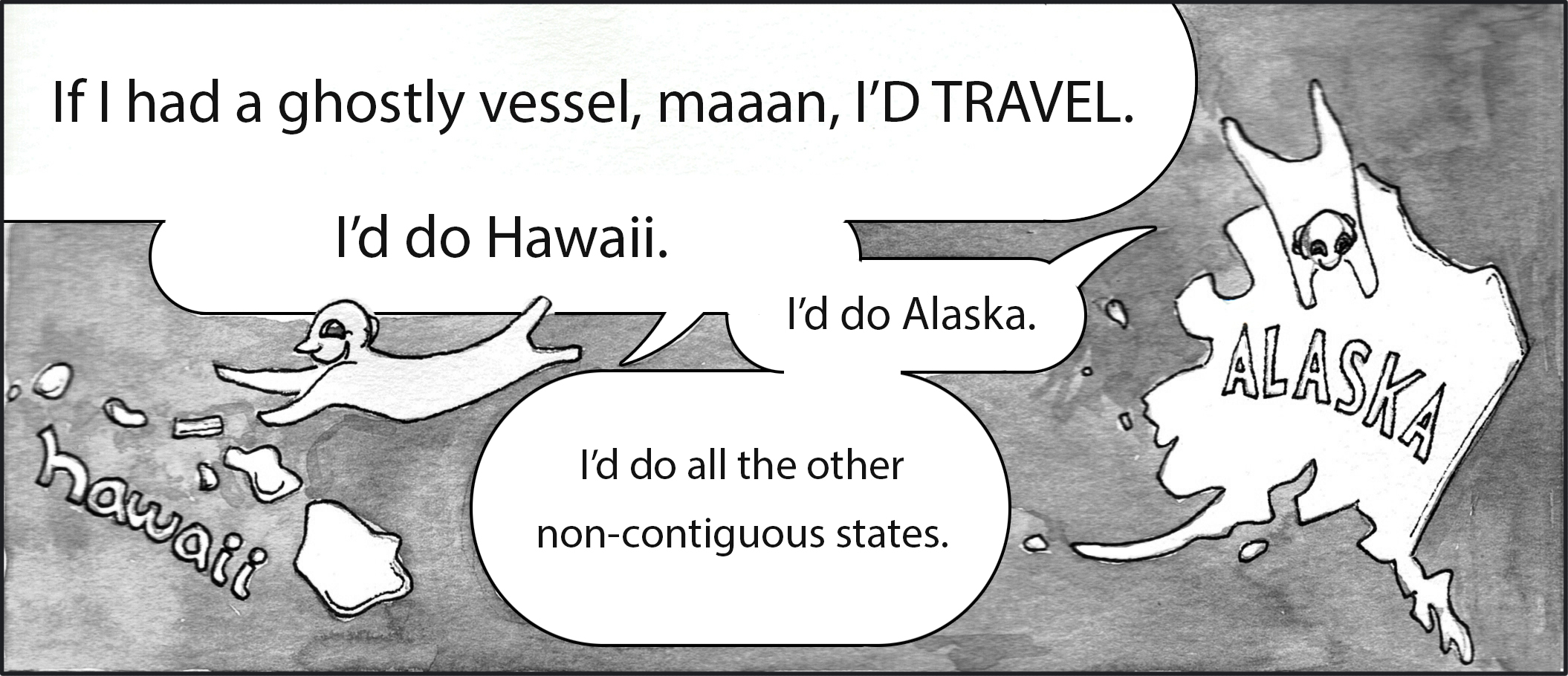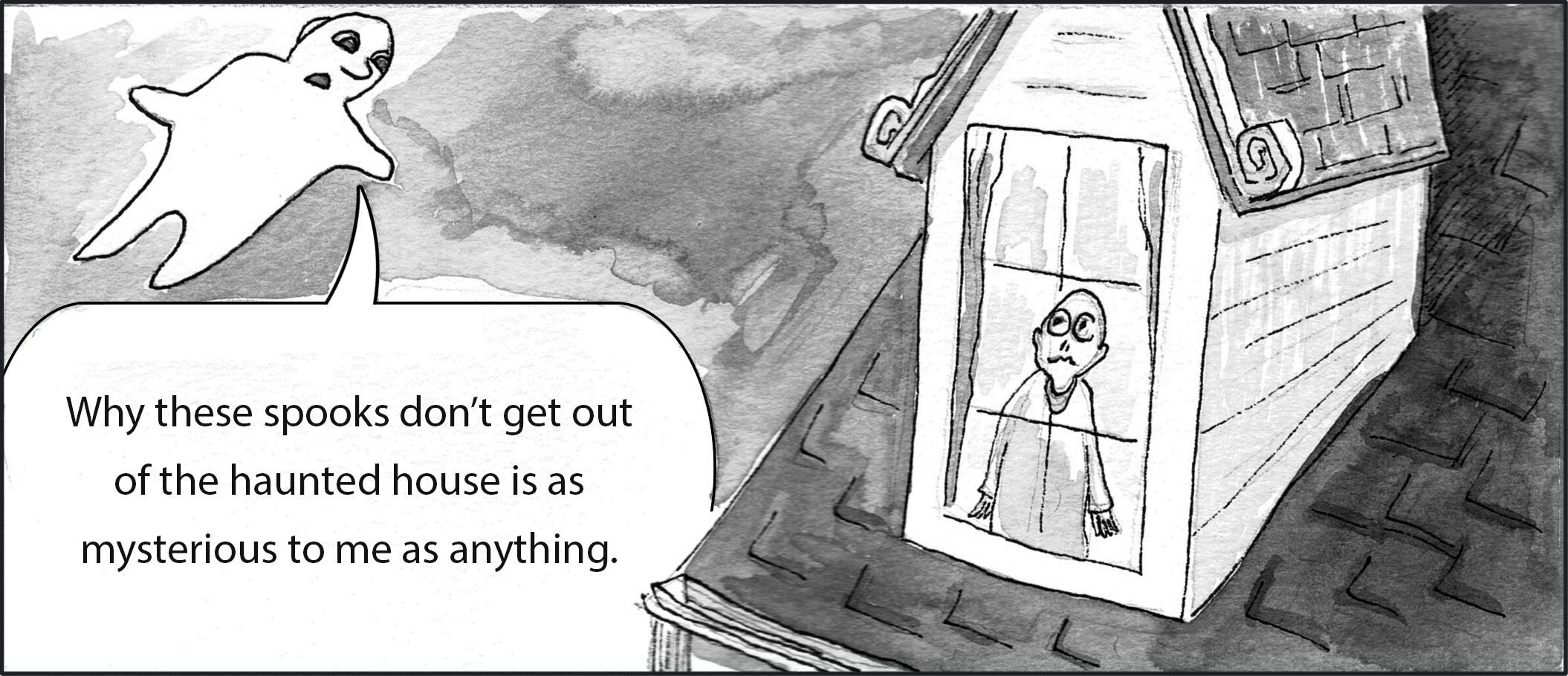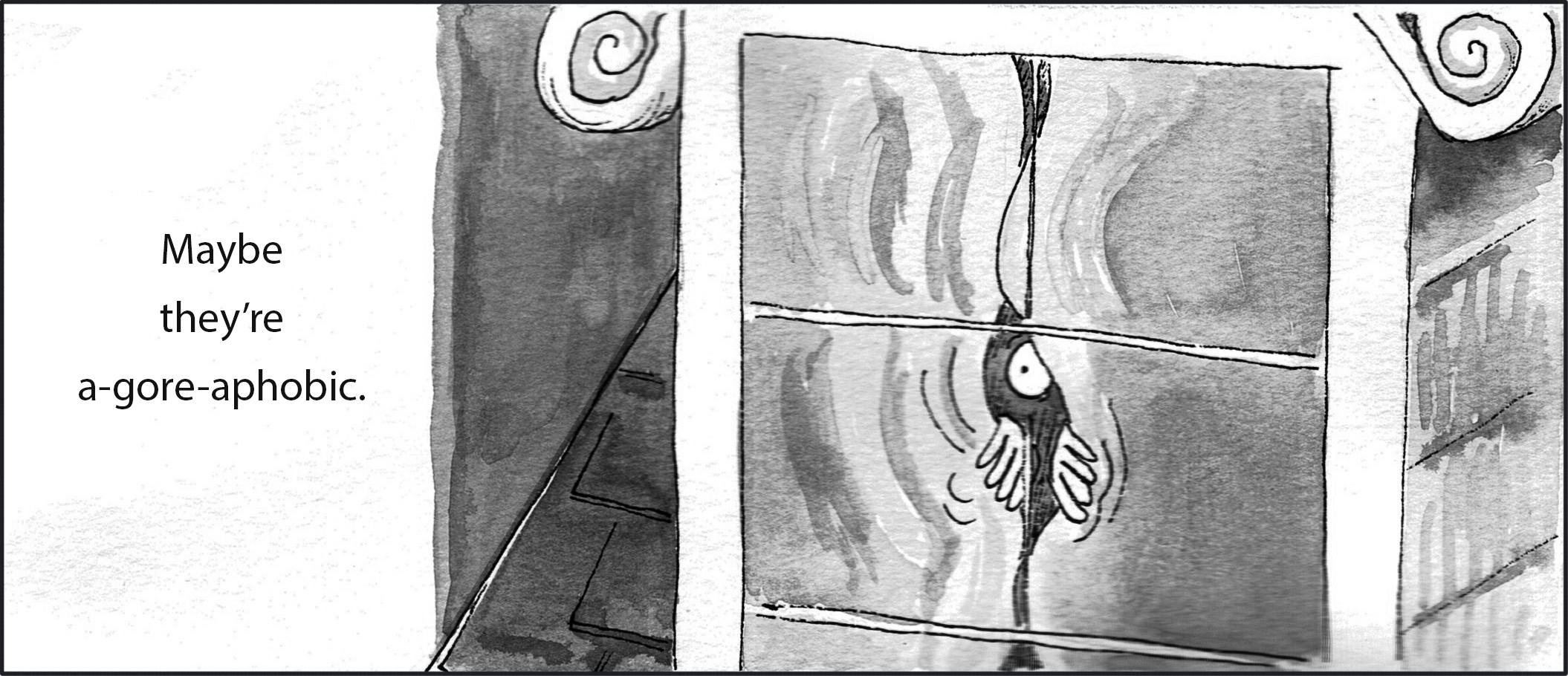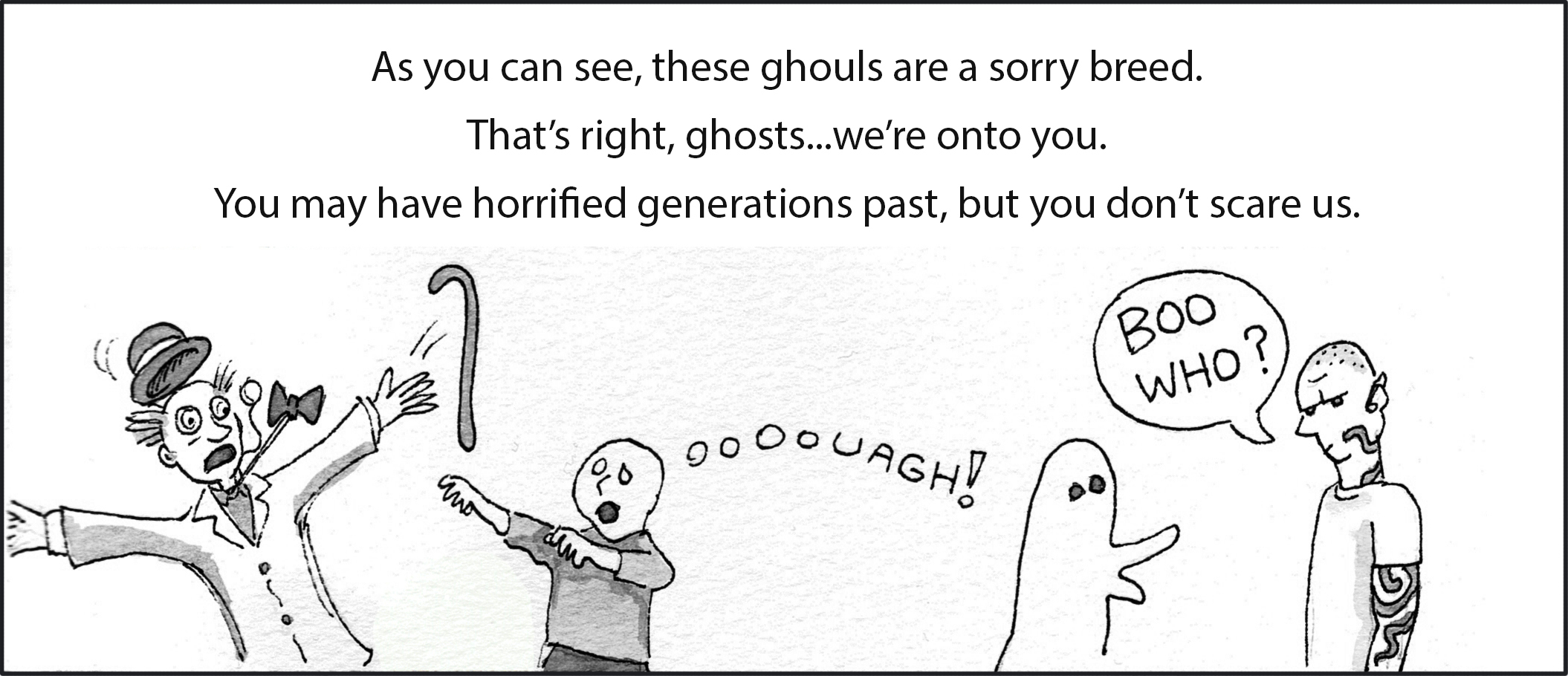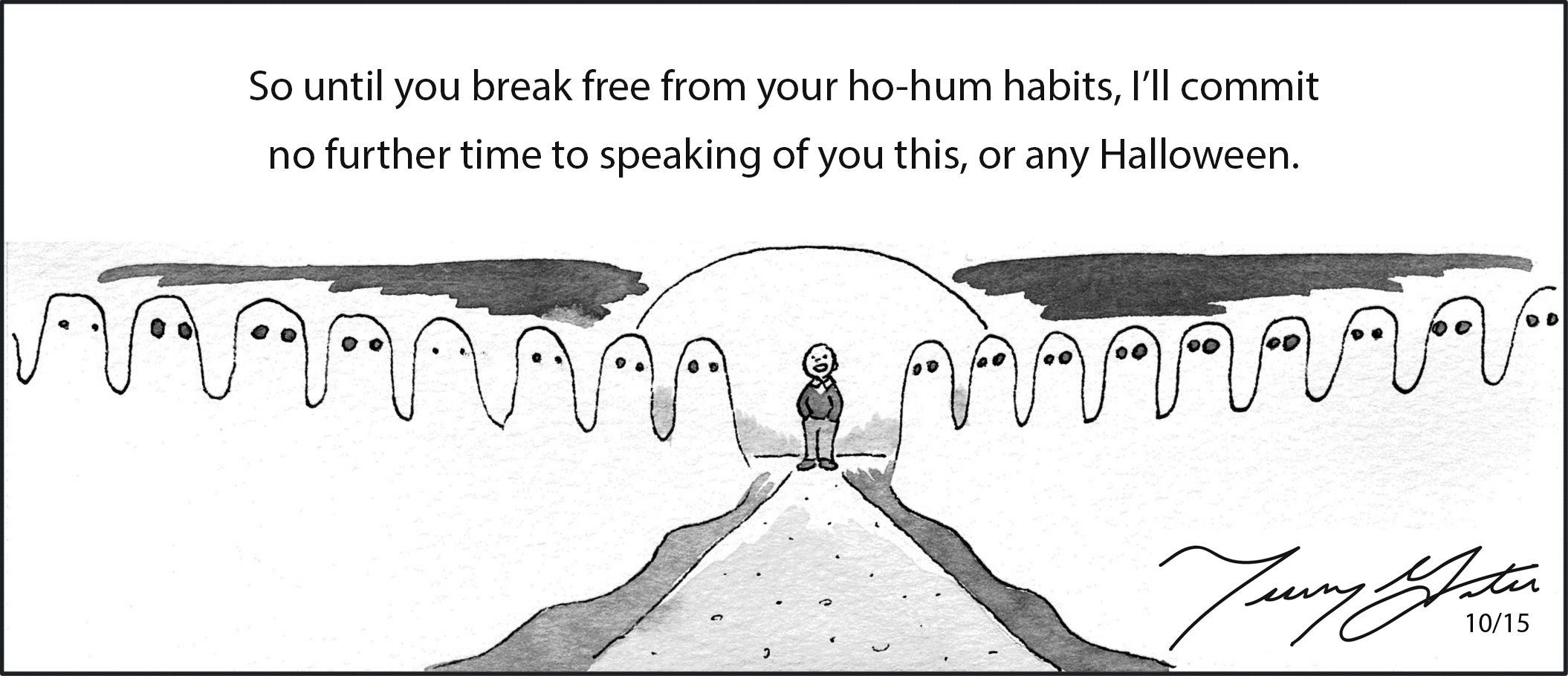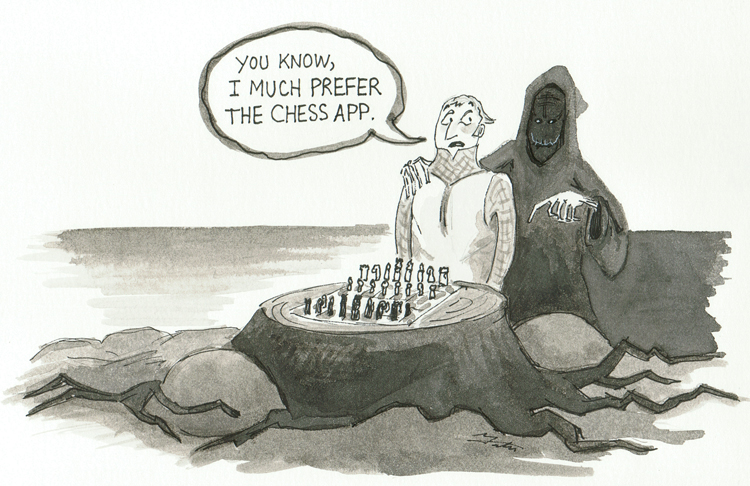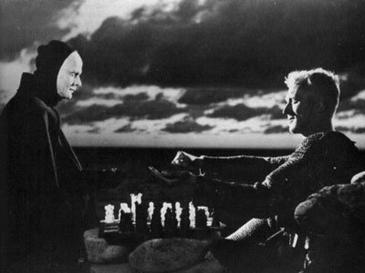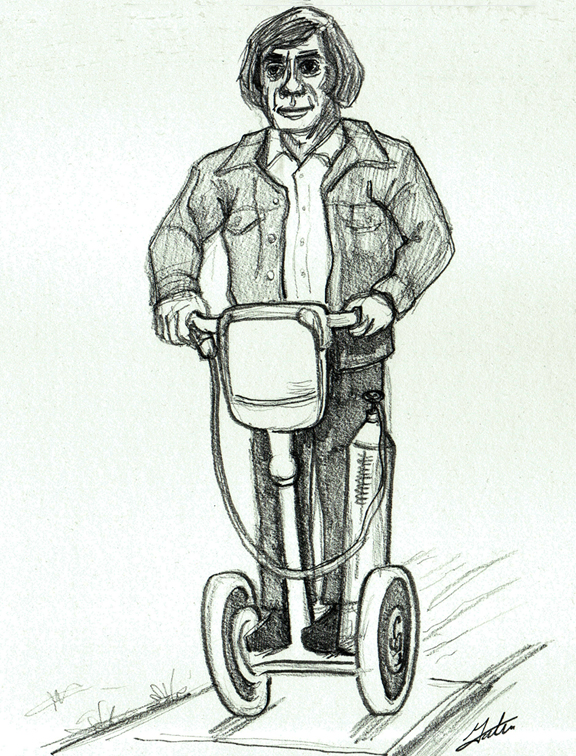
Death needs a vehicle
Observances of the film “No Country for Old Men”
Past, Future, Present.
America. A country where young men like Llewelyn Moss consult their newborn dreams and the old men like Ed Tom Bell try to bury their new, extraordinarily uncomfortable nightmares. Youth seek out their future, envisioning it without a passing thought of death. The aged recall the past, when the death they palpably feel and discuss was a more sensible, comprehendable kind. Abiding in the underappreciated ever-present, standing alone is Anton Chigurh.
Death Set in Motion.
In the apocalyptic desertscape of West Texas he stands motionless. Yet, once given a vehicle, he becomes unstoppable. He is modern, fledgling evil—the kind that mystifies the old guard, that goes unacknowledged or underappreciated by the new. He is aided by both the lawful (police who set him in motion, upon cuffing him and escorting him to a local station in their patrol car) and lawless, yet is beholden to neither. A short time after bringing Chigurh to the station, the young officer is strangled by the very instrument he foolishly thought could stop the free momentum of the tall, dark, odd creature. After escaping in the squad car, Anton continues to swap lives for vehicles, seeking to maintain forward momentum. Those who try to stop him fall in his wake. The flip of a coin (as Llewelyn’s wife wisely states) is not likely to make a difference in one’s fate, but providing a tank of fuel that will keep him moving just might. His efficiency improves as he trades in land transportation options in favor of a plane ride to El Paso, to seek out Llewelyn’s wife. He takes flight AND maintains altitude even after landing and traveling about town (note the repeated airplane engine sounds that accompany him toward the end of the third act of the film). He is the Prince of the Air. Satan. Death. In the end, as Chigurh drives down a residential road another car collides with his. He survives the crash, but is forced curbside. Finally, he is made motionless. But a newer generation of naïve ones arrive via bike on the scene and attend to his needs, remobilizing him once more. “You never saw me,” he says as he hobbles away, taking akward toddler steps. They never did.
The Wild and Wilder Wests.
The old lawmen realize the west they once held some sway over has become untameable. They are resolute in trying, but try with zeal they do not. Their trying to tame the modern, wilder west is a trying by appearances, largely. Rather than speeding their actions toward an encounter with the killer of men, rather than trying to put a stop to death, they are okay with keeping a few steps behind, having some coffee, sitting on the sofa and pondering aloud the point of it all when they sense what terrible and unpredictable a thing is in their midst. This is not the tamer, more linear wild west of bygone days. Not the west where the bad guys in black came to town by horse or by train to drink and filander and kill in the familiar way (pistol shootouts on designated playing fields and town streets). This death travels by sheriff’s car, flatbed truck hauling chicken coops and Dodge RAM. With improved, unpredictable modes of transit, the capacity for evil and mayhem has increased. And the potential for killing more swiftly and violently has been made possible by technology as well. Modern cattle killing machinery proves efficient when pointed toward mankind.
Death, the Great Equalizer.
Chigurh kills all types—men, women, old, young, rich, poor. If the path you choose leads you to him, it’s a poor mode of transport you’ve taken, and he’ll likely kill you for it. Mexico,
Giver of the Good Life.
Chigurh follows Moss and his money all the way to the border, but stops short of entry. Death does not belong in Mexico. Its activities are reserved for America. Suddenly ambivalent to Moss’s plight, Anton is content to wait stateside at a hotel to deal with the bounty hunter Wells. He even keeps away from no man’s land—the land where Moss’s fortunes lie—literally, between the U.S. and Mexican border entry stations. Moss, conversely enters Mexico, bloody and exhausted. And this neighbor to the south, seen briefly in the film becomes for him a land of joyous accompaniment (Mariachi band), drink, and physical rest and restoration. The No Country for Old Men Therapeutic Spa, if you will. Much preferred over the USA where there is only toiling to try and hold on to treasure that isn’t really even his. All violent Mexican nationals have left for the states to do their bidding freely and violently (so long as they avoid Chigurh).
Dreams Direct.
Llewelyn surveys a desert scape. It’s a mirage, isn’t it? A suitcase containing millions. And though his waking dream becomes all about creating a new trailer-park-free life for his family, his nighttime dream summons him back to the gruesome crime scene. This dream pulls him away from his family, out of the marital bed and into the black night of the dead. He cares to honor and reward a dead man more than his wife. Upon returning with injury, he provides her no answers about said injury or the money’s history but instead packs her up for a journey with out him, pushing her away from his presence. This proves to be their last correspondence. Llewelyn’s next night dream proves no more successful in helping him realize his goals of financial freedom for his family. Though he is guided to the tracking device hidden within his money case, death looms too close to gain much separation and only anti-familial connections are made. Though he temporarily buys time by escaping from Chigurh and regains his swagger through the healing help of foreign nurses, upon his return to the states, while awaiting reunion with his true family, he is left only enough time for brief flirtations with a bikini-clad woman.
The Bell Tolls: Delay the Fight you Cannot Win.
Ed Tom Bell doesn’t care to see what’s befallen Moss recur on himself and his family. In between his police duties, he makes time for his kin to sit and take at painstaking great length about his thoughts and hopes and dreams dashed or redirected. And his retirement with family is ultimately seen through. But how? The old sheriff stares into the tv screen in Llewelyn’s trailer park home and sees the shadow of death reflected in himself. It’s the horrific image he’s surrendering to more and more with the passage of time…for like an image baked into the pixels of a tv screen that’s long since been shut off, this image will not retreat. He knows what’s gone before (Shigur) will come again. It hasn’t really left. He realizes he is in the valley of the shadow of death. And while Moss stands in the valley with his shotgun and binoculars, not noticing it overpowering the expanse above him, Bell sees, and keeps at bay. He’d rather make sense of it from a distance. Even as he opens the door to the scene of a crime where he believes Shigur would return, he scarcely moves beyond the doorway. And he certainly does not survey the motel room crime scene thoroughly.
He knows who lays in wait.
